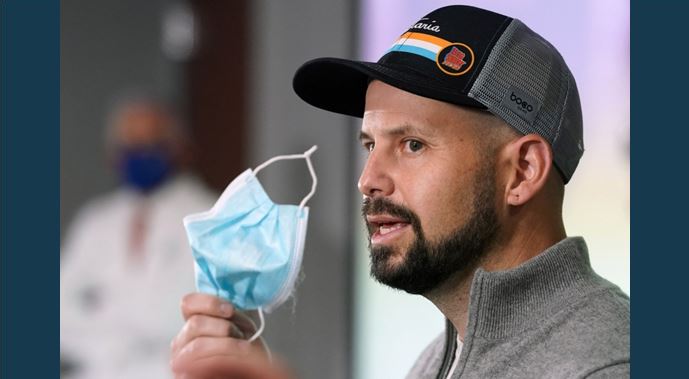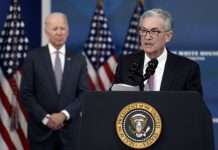
Oct. 27 (UPI) — After compiling 300,000 new COVID-19 cases in just four days, the United States added close to 70,000 to that total on Monday, according to updated data from Johns Hopkins University.
Researchers at the university listed another 66,800 cases and close to 500 additional deaths nationwide for Monday. The United States hasn’t seen fewer than 60,000 cases for any one day in over a week.
For the past week, the United States has averaged about 63,500 new cases and more than 800 deaths per day.
Nearly 43,000 patients were hospitalized Monday, according to the COVID Tracking Project.
There have been 8.71 million cases and 225,800 deaths in the United States since the start of the pandemic, according to Johns Hopkins.
In Massachusetts, more than a dozen cities were forced to return to tighter measures after falling into the state’s “red zone” for COVID-19 transmission.
The cities, including Holyoke and Plymouth, had previously been allowed to increase capacity in gyms, museums, libraries and performance venues. Now, many of those businesses will have to close or scale back capacity to levels seen earlier this year.
Businesses including roller skating rinks, trampoline parks, laser tag and escape rooms must also close under the restrictions.
Massachusetts on Monday saw a third straight day of at least 1,000 new cases.
In Idaho, officials rolled back the state’s reopening plans and re-imposed some restrictions amid one of the nation’s most intense recent outbreaks.
Gov. Brad Little ordered indoor gatherings limited to no more than 50 people and outdoor gatherings to 25% of capacity. The measure also requires distancing at all gatherings and limits bars and restaurants to seated customers at tables.
Little, who had resisted new measures, said the move is necessary to prevent the state’s healthcare system from becoming overwhelmed.
“Hospitals throughout the state are quickly filling up or are already full with COVID-19 patients and other patients, and way too many healthcare workers are out sick with COVID-19,” he said.
Idaho has the nation’s fifth-highest transmission rate, according to the Brown School of Public Health.
In Utah, health officials say hospitals may soon reach maximum occupancy for intensive care and warned that facilities are close to implementing emergency plans that may result in rationed care.
“We have to think in the next week, or two, that we’re going to be at the maximum of even our contingency planning for ICU beds,” Utah Hospital Association President Greg Bell told KSL Radio.
Bell said providers are also dealing with staffing shortages and presented a list of possible measures to Gov. Gary Herbert last week.
Under the criteria, worsening intensive care patients would be moved out of ICU units and younger patients would receive priority care, as older adults are more likely to die.
“This is NOT OK,” Utah state epidemiologist Dr. Angela Dunn tweeted. “It is maddening that we are planning to ration care in Utah. Unacceptable.
“We must do EVERYTHING we can to slow [the] spread. No excuses.”






